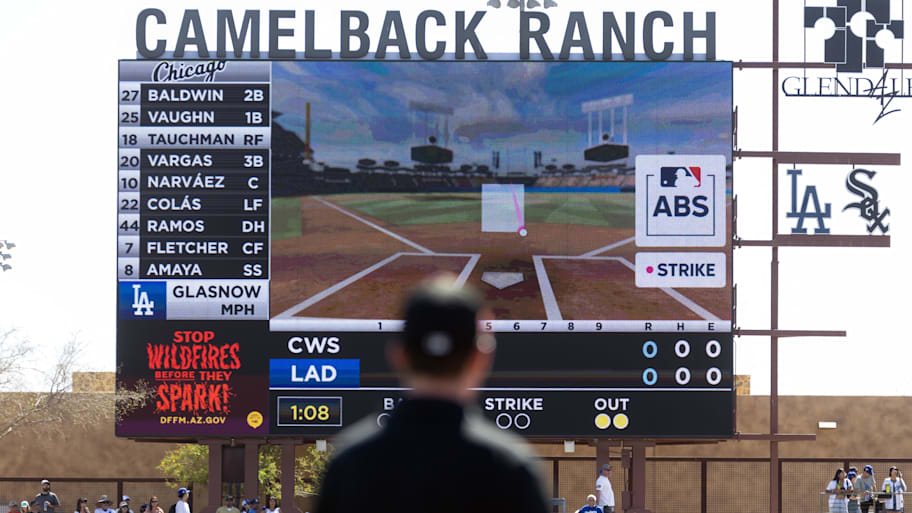MLB on Tuesday announced that the ABS Challenge System will be implemented in 2026 spring training, regular season and postseason games after a vote by the Joint Competition Committee. MLB is entering the "robot umpire" age with the ABS system, which was tested in the minor leagues and during roughly 60% of 2025 spring training games. And, according to the numbers from the league's spring training test, one position could be crucial in the ABS Challenge System: catchers.
According to spring training data from MLB's official press release, catchers had a 56% overturn rate compared to 50% for hitters and 41% for pitchers, meaning backstops were the most successful of the three position groups at winning challenges.
While one of the catcher's most important duties, pitch framing, could be rendered somewhat obsolete with a full-on automated system for calling balls and strikes (in other words, only robot umpires), it will still be a factor with the system set to be implemented in 2026.
Each team will receive two challenges per game, and all successful challenges are retained. Only catchers, hitters and pitchers can challenge calls in the ABS System. Players can signal for a challenge by tapping on their hat, helmet or verbally indicating they'd like to challenge a ball or strike call. The home plate umpire then announces the challenge to the ballpark, and a graphic showing the pitch and the result of the challenge appears on the scoreboard and broadcast, a roughly 15-second process. The ABS strike zone is a two-dimensional rectangle set to the width of home plate, with the tops and bottoms adjusted based on each individual player's height.
Teams challenged just over four pitches per game, with a near-50% success rate, during spring training.
More MLB on Sports Illustrated
This article was originally published on www.si.com as Numbers Behind MLB's New ABS Challenge System Suggest One Position Could Be Crucial .
